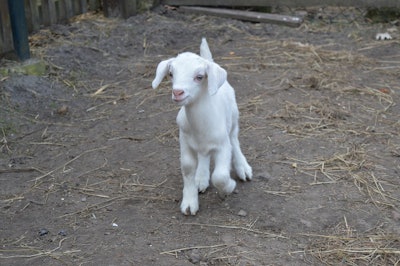
Minnesota State Veterinarian Brian Hoefs calls the recent detection of highly pathogenic avian influenza (HPAI) in goats “significant,” but he expressed optimism that further spread of the virus won’t go beyond those goats.
According to a recent report from the World Organisation for Animal Health, the presence of HPAI was confirmed in 10 goat kids at a farm in Stevens County, Minnesota, with five of those dying and the other five being euthanized.
Both the WOAH report, and the Minnesota Board of Animal Health (MBOAH) stated that the farm where those goats were kept was the same farm where backyard poultry had tested positive for HPAI on February 27. The birds had since been euthanized and control measures were put in place.
Now that it has been confirmed that HPAI also infected goats on the property, MBOAH stated that all species on the farm have been quarantined.
“This finding is significant because, while the spring migration is definitely a higher risk transmission period for poultry, it highlights the possibility of the virus infecting other animals on farms with multiple species,” said Hoefs. “Thankfully, research to-date has shown mammals appear to be dead-end hosts, which means they’re unlikely to spread HPAI further.”
State and federal animal health professionals are cooperating to investigate the transmission of the virus in the case.
According to MBOAH, HPAI had been previously diagnosed in other mammals, but this is the first U.S. detection of HPAI in ruminant livestock. There has been limited research on HPAI in ruminants, but MBOAH stated that it appears that animals with immature immune systems, like the goat kids at the Stevens County farm, are at higher risk of contracting the virus.
To learn more about HPAI cases in commercial poultry flocks in the United States, Mexico and Canada, see an interactive map on WATTPoultry.com.
View our continuing coverage of the global avian influenza situation.


















